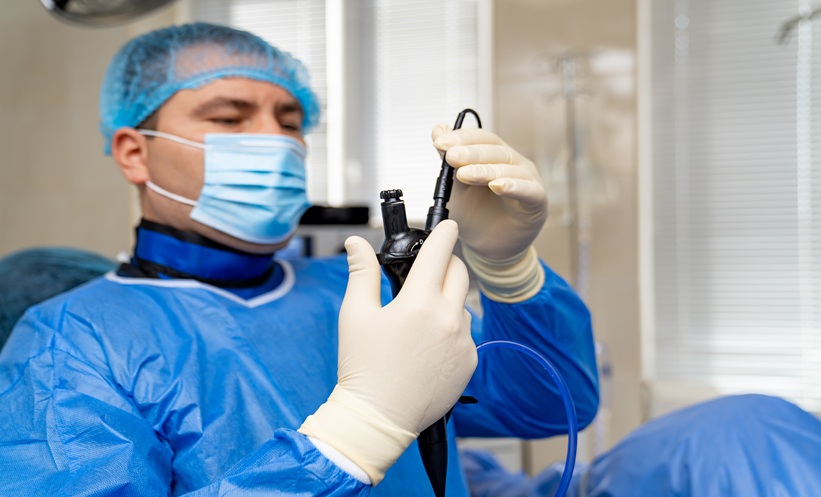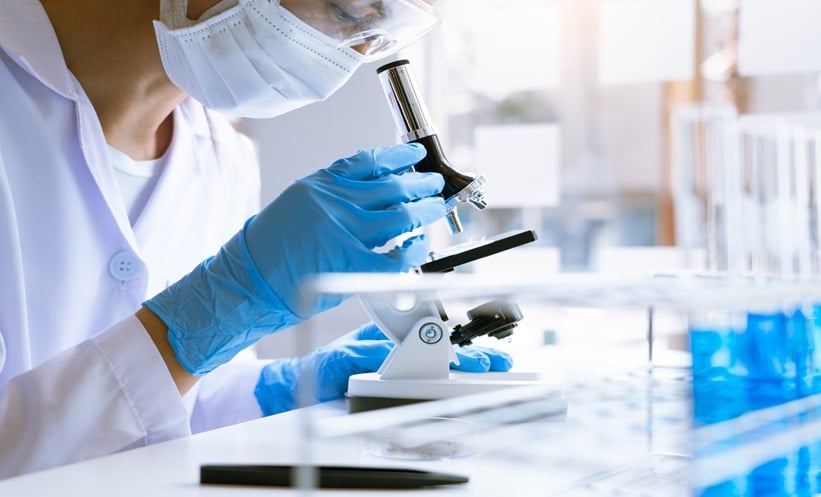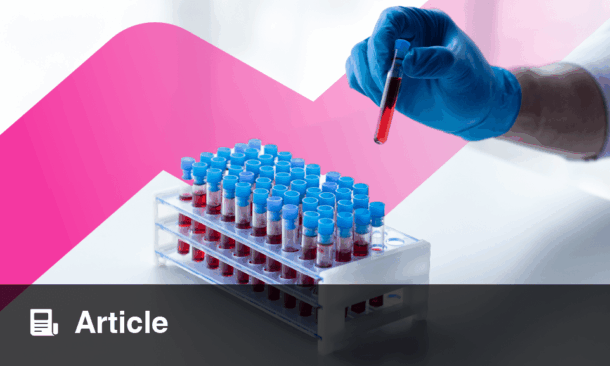A DEEP learning model used during EGD accurately predicts Helicobacter pylori infection showing multicenter diagnostic performance.
Study Design and Setting
In a prospective multicenter diagnostic study, investigators enrolled 701 patients undergoing esophagogastroduodenoscopy between September and December 2024. The 14C-urea breath test served as the reference standard for H. pylori. The deep learning model analyzed endoscopic video in real time to identify gastric regions suggestive of infection. Primary outcomes were accuracy, sensitivity, and specificity. Secondary outcomes included positive and negative predictive values and the area under the receiver operating characteristic curve.
Diagnostic Performance
H. pylori positivity was 42.4% in the cohort. The model achieved an AUC of 0.918 with a 95% confidence interval of 0.895 to 0.937. Overall accuracy reached 86.3% with a 95% confidence interval of 83.5-88.8%. Sensitivity was 86.9% with a 95% confidence interval of 82.5-90.5%. Specificity was 85.9% with a 95% confidence interval of 82.1-89.1%. These results indicate reliable discrimination for real-time H. pylori detection during endoscopy.
Factors Influencing Accuracy
Multivariate analysis showed mucosal atrophy was independently associated with higher diagnostic error with an odds ratio of 1.788 and a p-value of 0.014. A higher examination quality score reduced diagnostic error with an odds ratio of 0.600 and a p value less than 0.001. These findings emphasize careful mucosal evaluation and adherence to quality standards when applying AI during EGD.
Clinical Implications for Endoscopy
Real-time H. pylori prediction may improve diagnostic efficiency by guiding targeted biopsy and treatment decisions during a single session. Consistent performance across centers suggests that the deep learning approach could support standardized practice and reduce variability between endoscopists. Trial registration details are provided to support transparency and reproducibility.
Reference: Li YD et al. Real-Time Prediction of Helicobacter pylori Infection Using a Deep Learning Model During Esophagogastroduodenoscopy: A Prospective Multicenter Study. Helicobacter. 2025;30(5):e70078. doi:10.1111/hel.70078.








